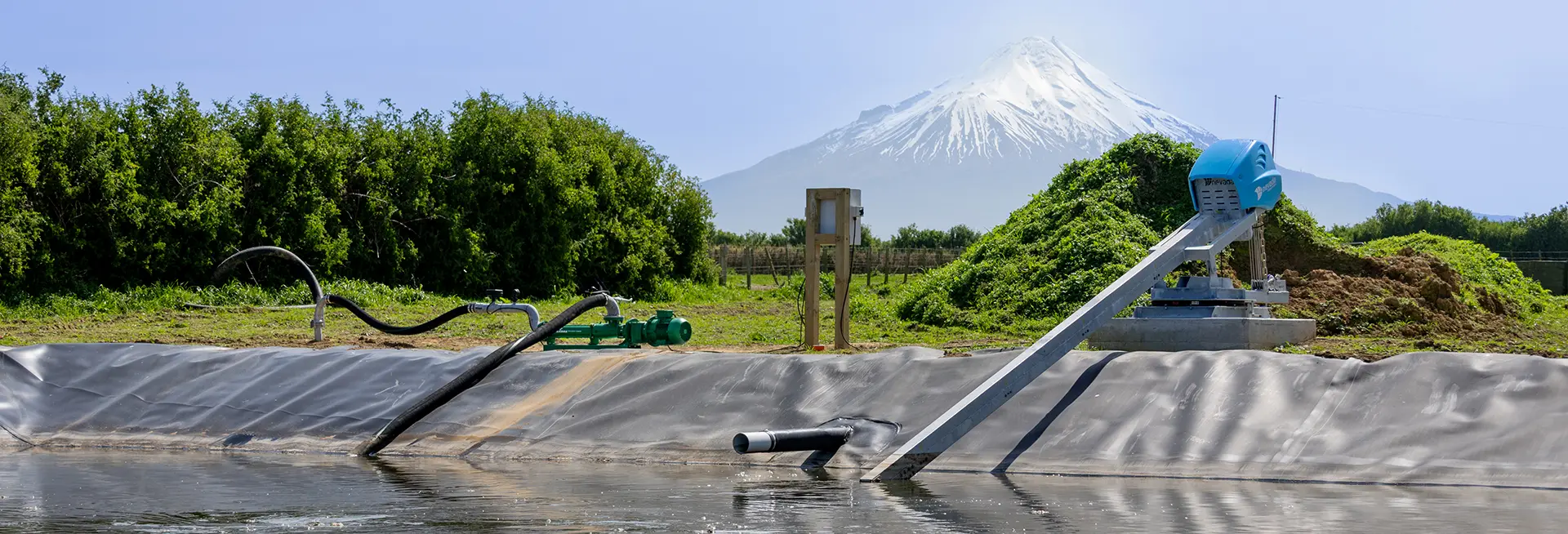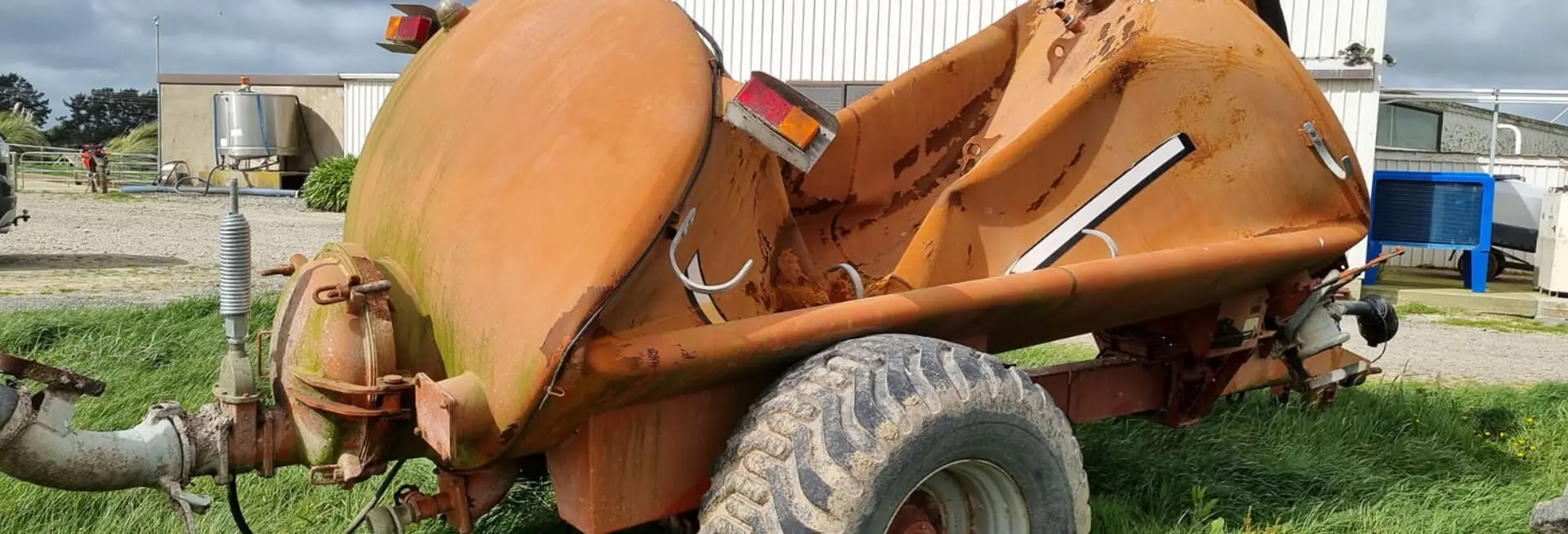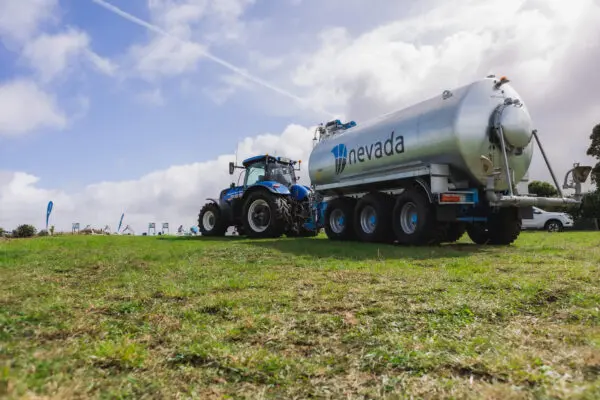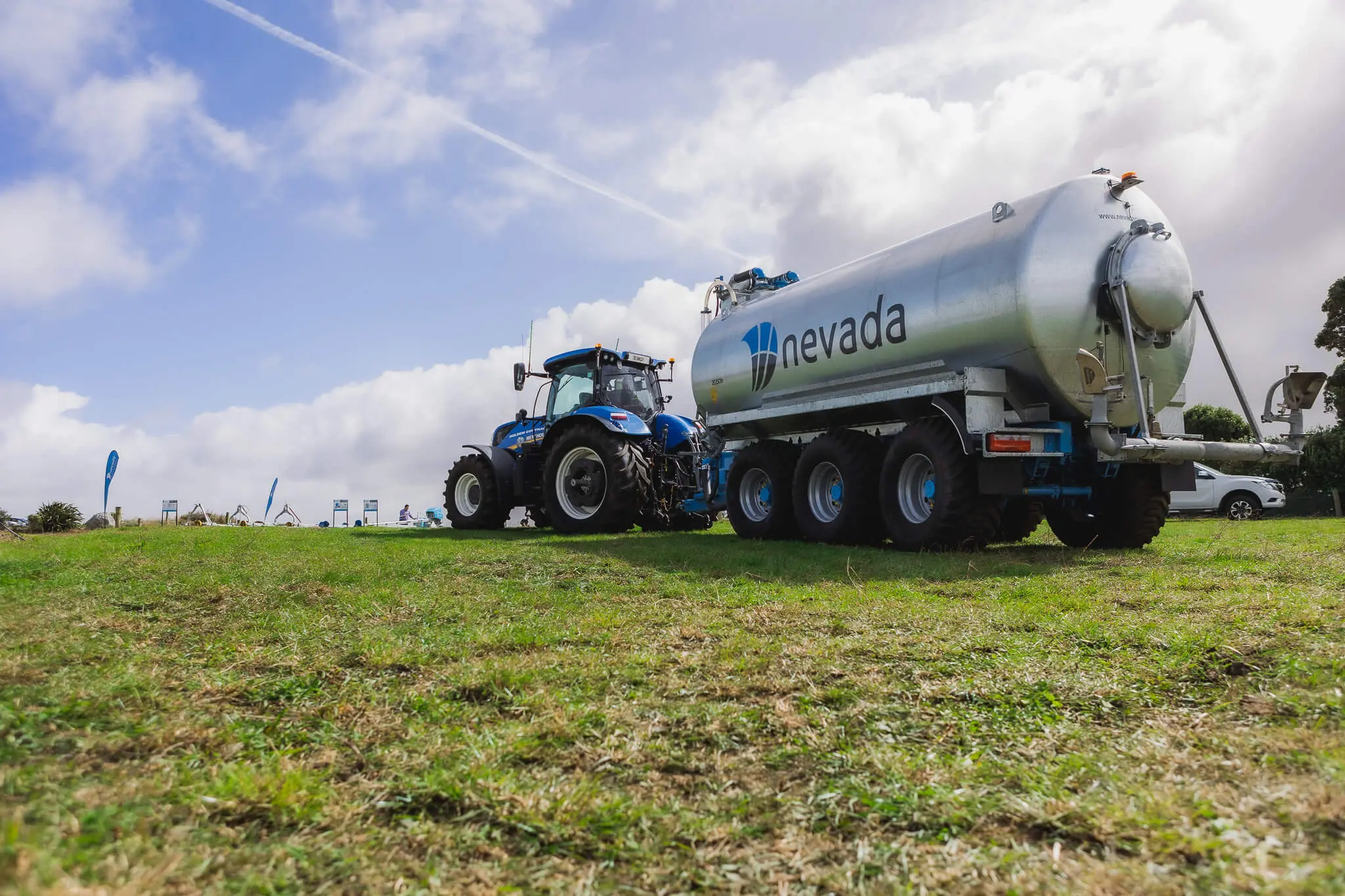There’s 3 things you need to consider when looking for an Effluent Pump:
- Your first consideration needs to be the type of irrigator you intend to use. Each irrigator will have specific flow and pressure parameters, with most typical travelling irrigators being between 5-10 litres per second.
- The next thing you need to consider is the difference in elevation between your effluent pond/storage and the paddock. The flow may be up or down, and this information is often available using online mapping tools like Google Earth.
- Now you need to know the distance of your pipeline, and where possible the size of the pipe is very useful.
Knowing these 3 things allows you to determine the flow and pressure you need for your effluent pump.
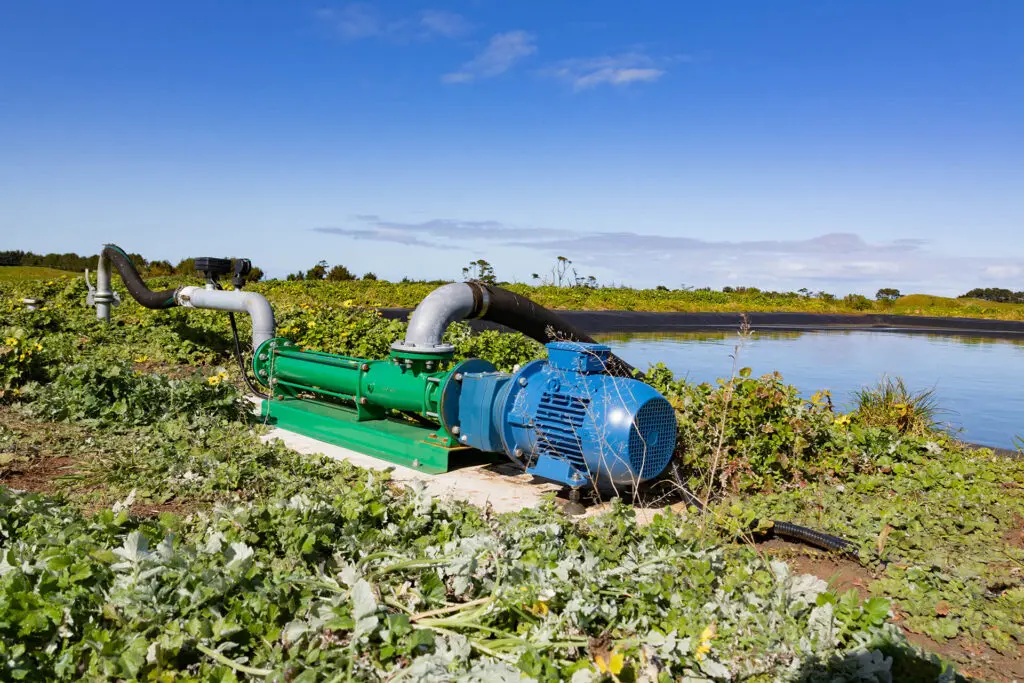
Flow
The flow is determined from the irrigator specifications.
If you’re needing to convert different units of measurement, click here for an easy online flow converter calculator.
Pressure
The pressure can be calculated as follows:
[Pressure required to drive irrigator] + [Pressure loss in the pipeline (headloss)] +/- Elevation + [Margin for pump wear]
Here’s an easy online calculator to help you calculate headloss or iff you’re needing to convert different units of measurement, click here for an easy online pressure converter calculator.
This calculation can also be worked backwards should you have a pump but need to know the best irrigator to integrate with the system.
Of course deciding on the best effluent pump for your situation is not just determined by the flow and pressure requirements, different types of pumps will be more efficient in different situations click here to learn more, or feel free to get in touch for some free advice.
